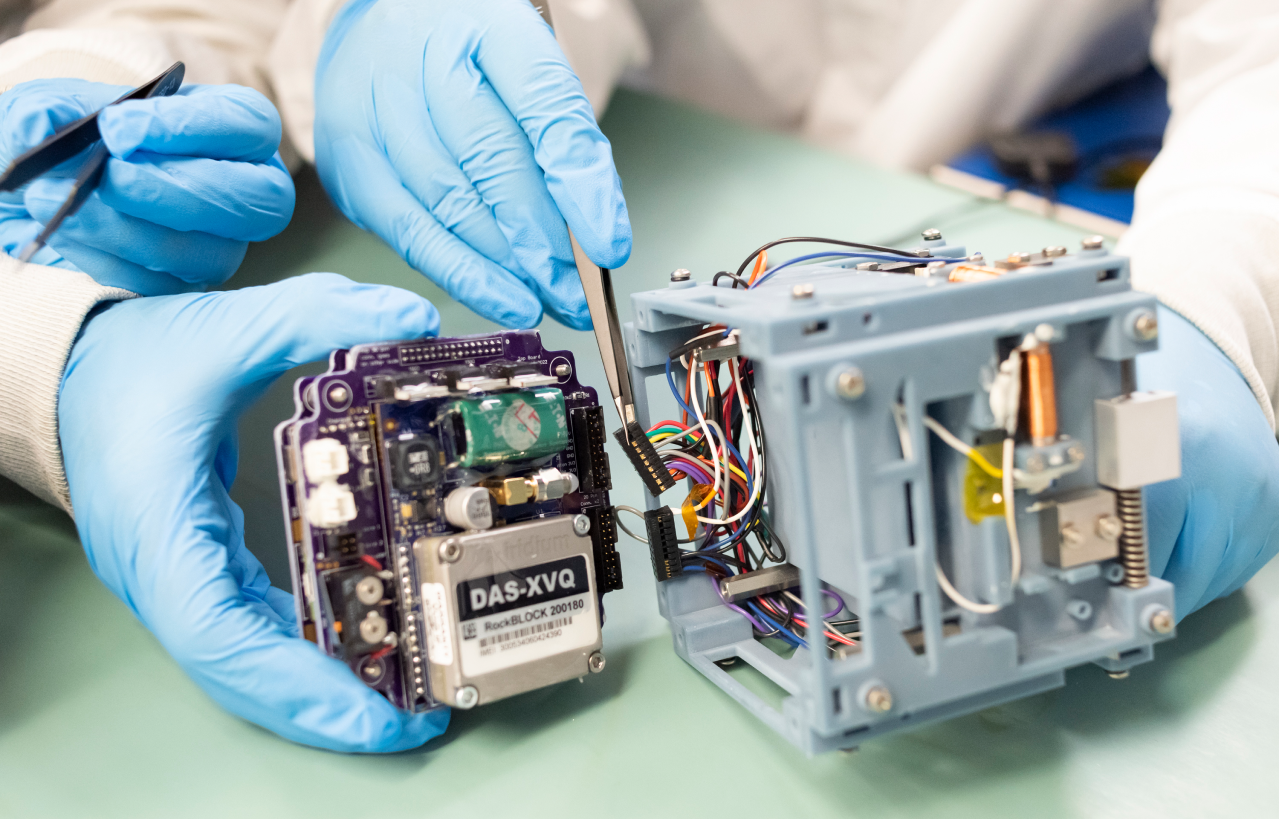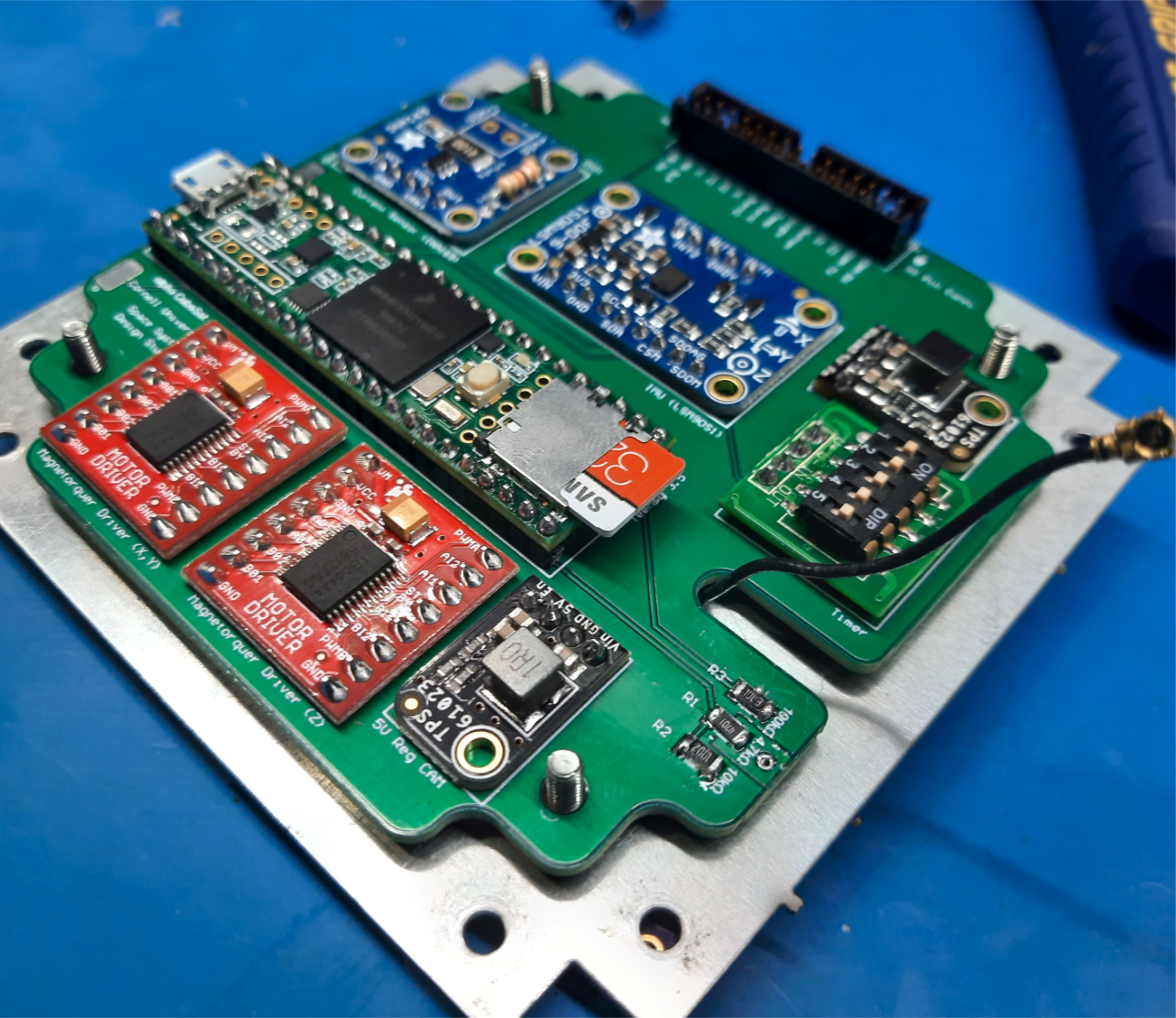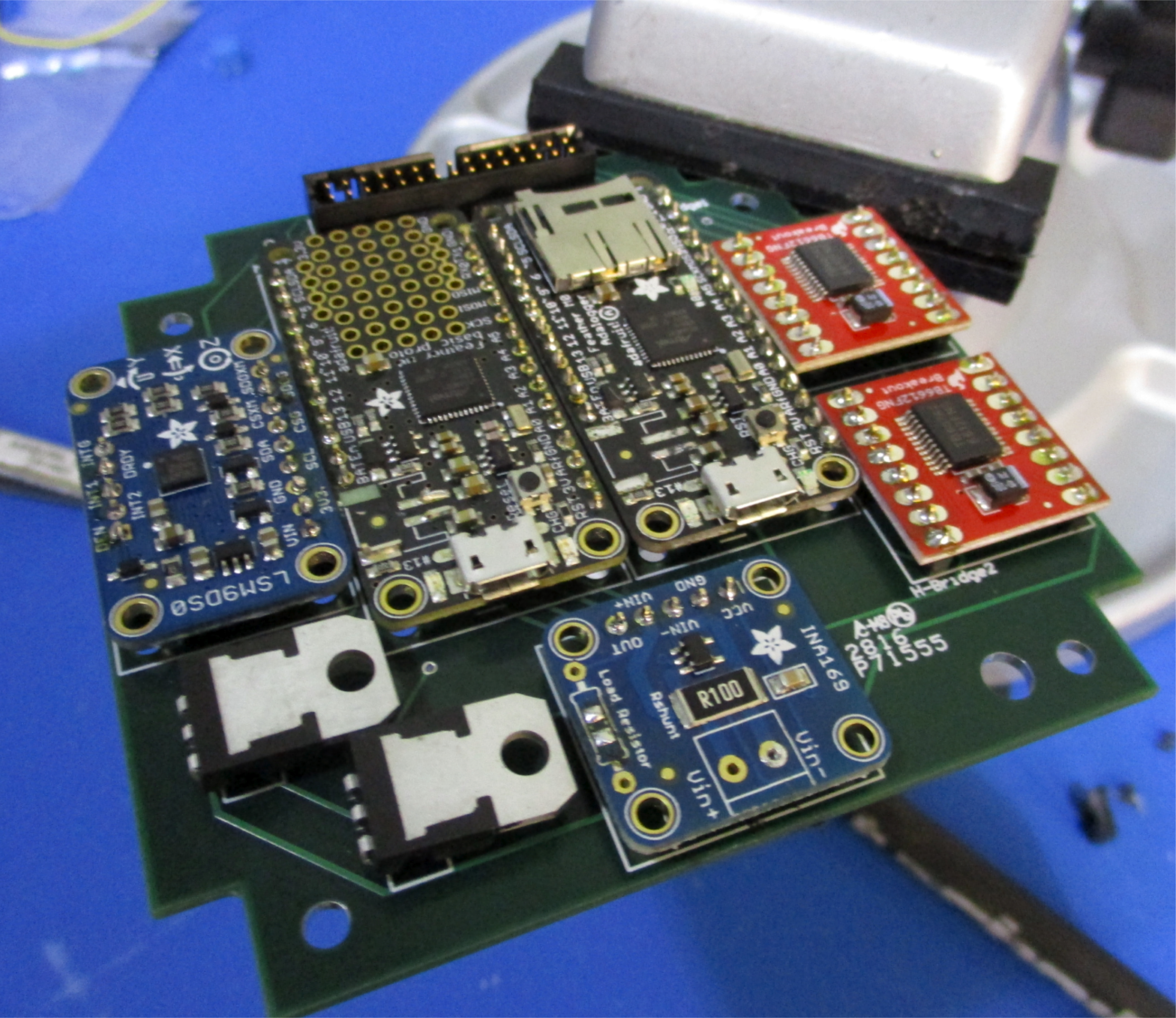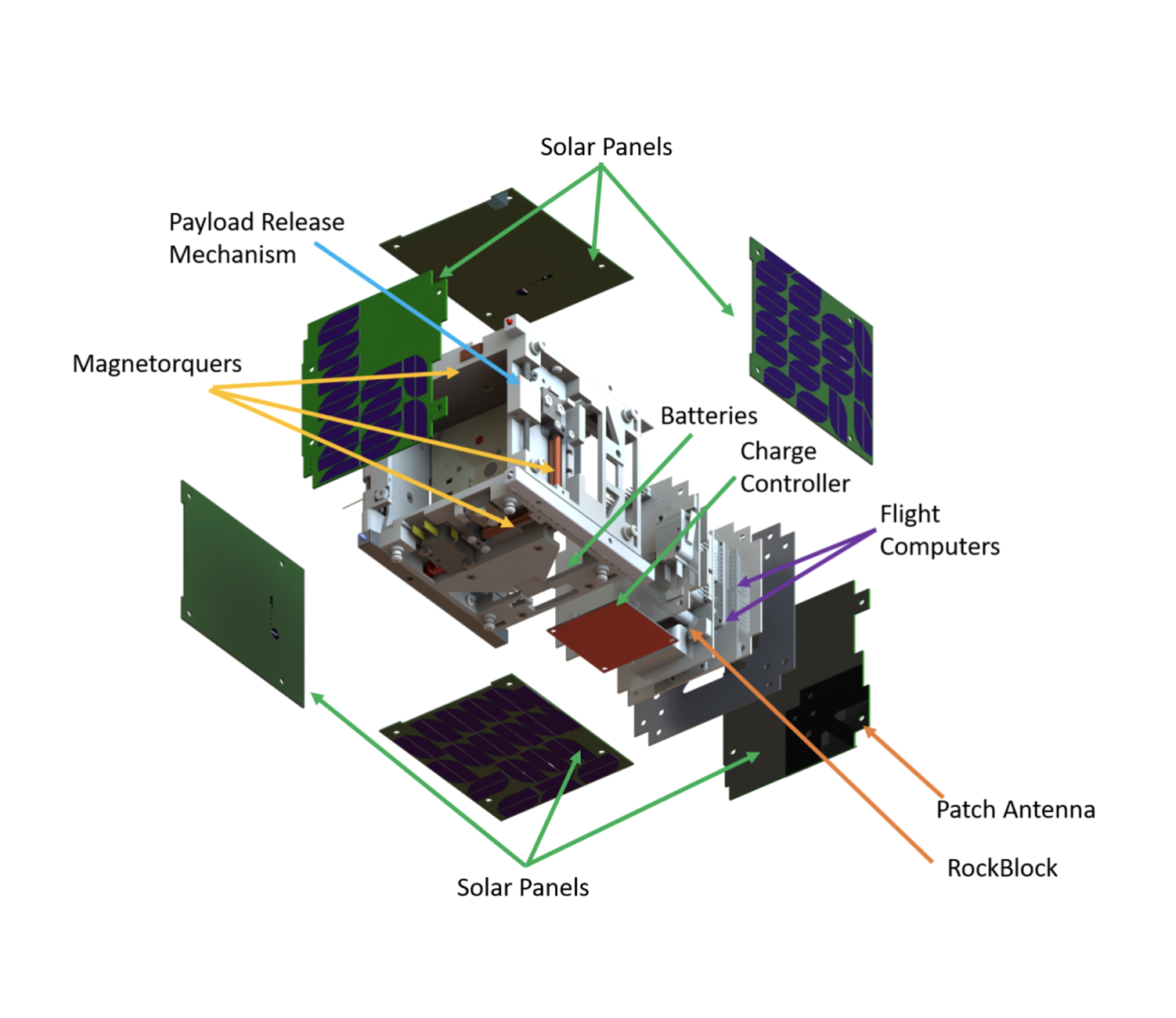What makes Alpha special?
Alpha CubeSat’s main mission objective is to deploy a light sail. But the CubeSat itself has a lot of innovation to offer!
Alpha CubeSat uses easy-to-obtain components, and its structure is almost entirely 3D-printed. These aspects make Alpha a trendsetter for low-cost CubeSat technologies.






